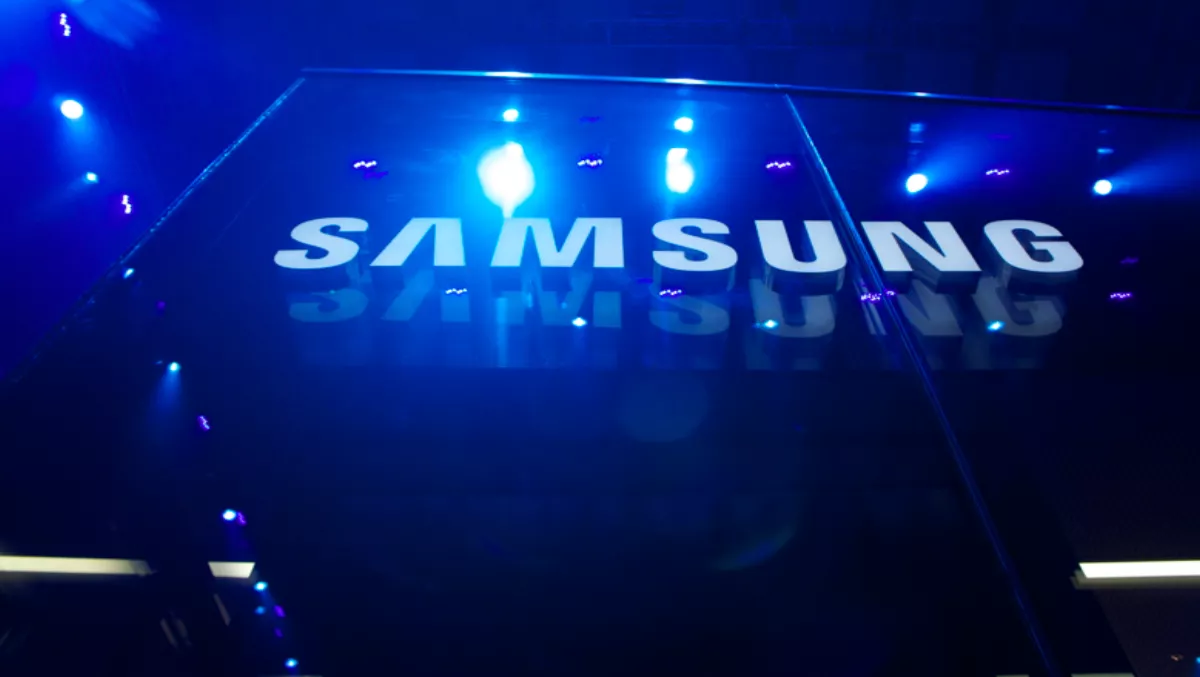
Samsung beats Apple to semiconductor top spot...
Samsung and Apple remained the top semiconductor buyers in 2013, increasing their combined semiconductor demand by 17 per cent.
According to Gartner, the industry rivals consumed $53.7 billion of semiconductors last year an increase of $7.7 billion from 2012, with the South Korean tech giant edging out the Cupertino competition.
"Samsung Electronics and Apple have topped the semiconductor consumption table for three years running, with their share of the design total available market (TAM) rising from 12 per cent in 2011, to 17 per cent in 2013," says Masatsune Yamaji, principal research analyst, Gartner.
"This increase clearly shows how fast the presence of these two companies has expanded over the last three years and why their decisions have technology and pricing implications for the whole semiconductor industry."
The top 10 companies bought $114.0 billion of semiconductors, to account for 36 per cent of semiconductor vendors' worldwide revenue in 2013. This was up from $105.1 billion, accounting for 35 per cent in 2012, while the top 10 outperformed the overall semiconductor buying market and grew by 8.4 per cent in 2013.

Eight of the top 10 companies in the design TAM ranking for 2012 remained in the top 10 in 2013 and eight of the top 10 increased their semiconductor demand in 2013.
Lenovo climbed to No. 4 in 2013 due to its market share growth in the PC market as well as the great success in the Chinese smartphone market.
Ranking 10th in 2013, it was the first time for Huawei to seize a top 10 position. Gartner said that Chinese electronic equipment manufacturers will continue to grow and therefore increase their semiconductor demand with their growth driven not just by demand from their domestic markets, but also by strong demand from other emerging markets such as those in Latin America and Africa.
"In 2013, total semiconductor demand from the smartphone and media tablet markets surpassed demand in the PC market," Yamaji adds.
"However, this consumer shift has caused a substantial decrease in total semiconductor demand over the last two years because there is far less semiconductor content in a smartphone and a media tablet than there is in a PC.
"In addition, in the total smartphone and media tablet markets, the growth rate for utility/basic models is far higher than for premium models. To keep growing, semiconductor vendors need to gain opportunities by accelerating the device commoditisation with their intellectual properties and patent portfolio."
Yamaji also claims that in order to avoid the fierce price competition from commoditised markets, innovative market leaders are seeking opportunities in new markets such as wearable devices, smart TVs and automotive infotainment.
"Wearable devices as well as 'Internet of Things' (IoT) devices are the next growth drivers for hardware vendors that can offer the required energy saving technologies and energy harvesting technologies to realise these applications," Yamaji adds.

